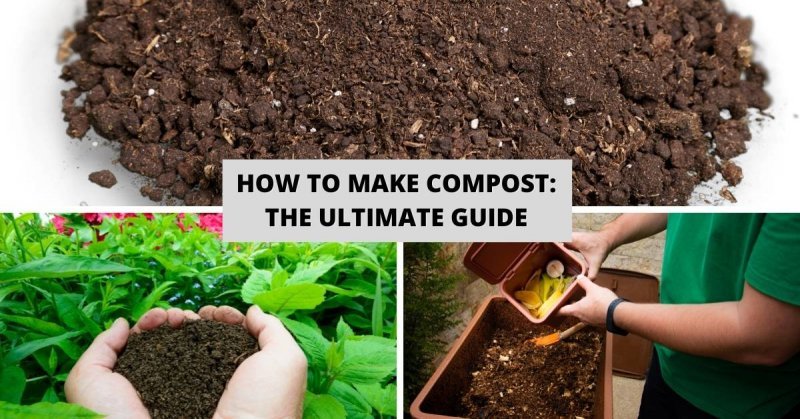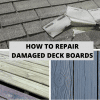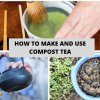Starting your very own compost pile shows that you care about the environment. It is also one of the most effective methods to reduce waste from being dumped in landfills. Your daily cooking routine invariably produces a lot of kitchen by-products that are perfect for composting.
Thank you for reading this post, don't forget to the best blogger Guy About Home who offers the best garden and home improvement tips! If you are a home decor and design fan, don't miss the tips on home ideas. If you are a home garden owner, then you might be interest in our complete guides to house plants!
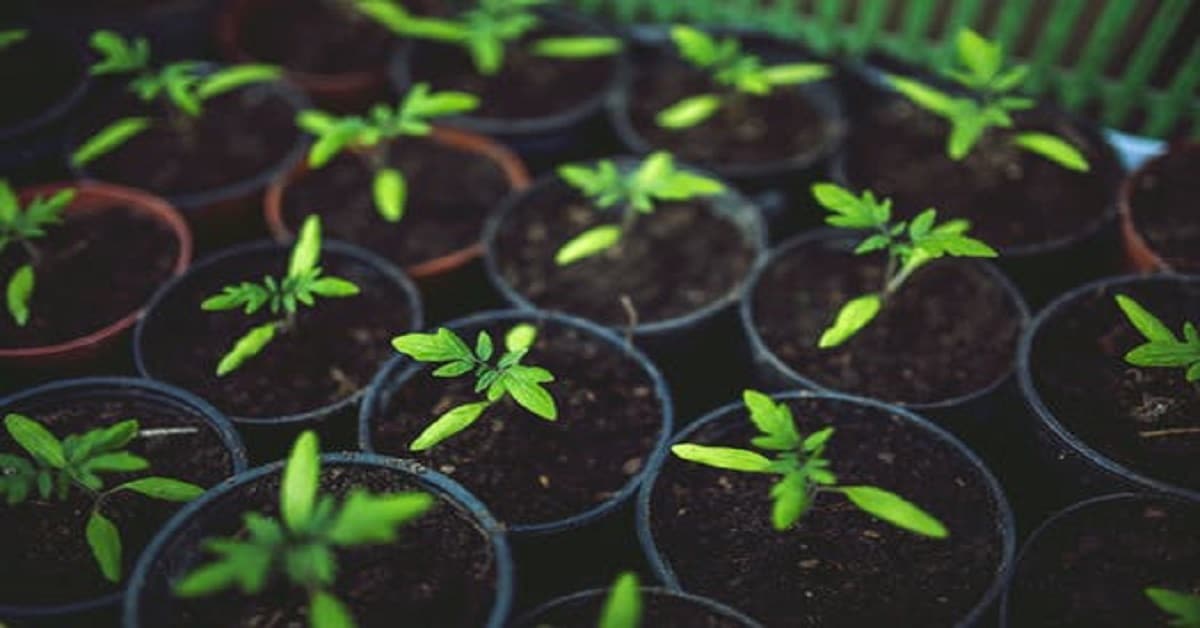
All the useful biodegradable waste is wasted and just dumped in landfills. Taking up valuable space and at the same time causing greenhouse gases. Learning how to compost is surprisingly easy, you can even get your whole family in on it.
Once you learn the basics, the process will become second nature. This routine will give you a continuous source of nutrition packed compost or “magic soil” to use for the plants in your garden.
Why limit yourself to the garden? You can utilise your compost to grow beautiful, healthy plants indoors as well. Choose oxygen-rich plants that produce oxygen even at night or potted herbs right in your kitchen.
Utilizing compost for your vegetable garden will allow your plants to quickly grow in nutritious soil which will generate a better yield for whatever vegetables or fruits you are producing for use in the kitchen. Follow these straightforward instructions on how to make compost at home.
How to make compost
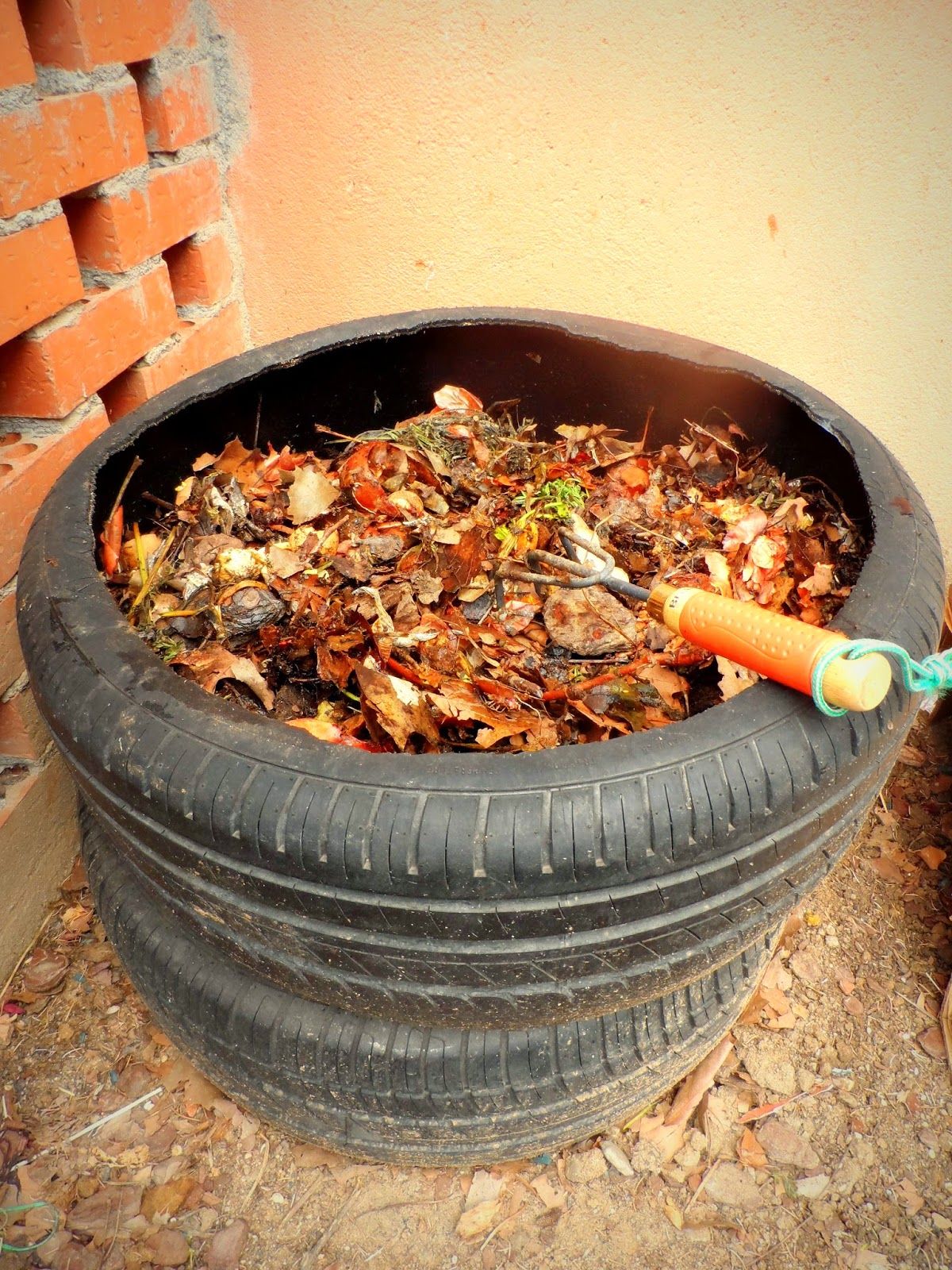
Image Source: Pinterest
Compost Bin
First things first you will need is a compost bin for your kitchen. This is where you will put all the kitchen byproducts that are suitable for composting. If you want to know how to compost at home, you can use any sealable container like a stainless steel pot or even a large plastic container with an airtight cover.
A compost bin is essential to quickly deposit any food waste materials instead of throwing it in the trash which will just end up in landfills. Mixing both nitrogen-rich materials and carbon-rich ingredients is essential to successfully compost.
Nitrogen
These are examples of nitrogen-rich materials which are usually a byproduct of the cooking process. Everything listed below which you typically throw in the trash bin without a second thought is perfect for composting.
- Fruit scraps
- Vegetable scraps
- Eggshells
- Green leafs
- Coffee grounds
- Tea bags
- Plants and Grass
- Garden Weeds
- Corn Cobs
- Flowers
The above materials are commonly known as greens by gardeners because they are mostly from vegetable and fruit scraps and come from fresh organic materials.
Compiling the vegetable scraps and fruit wastes in your home into a separate bin will take some getting used to. This is the only way on how to compost food. Setting the example for your family on how to upcycle your food waste is the best way to teach them about composting.
You would need to explain to your family that after eating some fruit that instead of throwing the peels and scraps in the trash like they have been doing all this time needs to stop and that you will be doing things differently to help protect the environment.
Talk to them about the purpose of segregating the compost materials from the rest of the trash. Explain how composting will not only help save space in landfills but also prevent greenhouse gases from being emitted in landfills as well.
When your kitchen compost bin is full take it outside and dump it into the compost pile. Your compost pile can be on the ground itself, you would just need to dig a hole for that, or you can also have a separate larger container for the compost pile itself.
You can indeed create your outdoor composter, or you can go the other route and just purchase one ready-made online. There are many different kinds and sizes of composters available online through Amazon. You would only need to choose one that best suits your needs.
After a few weeks of doing this routine of segregating compost materials into a separate bin and when it’s full dumping it outside into the composter, it will become almost like a reflex for them.
Carbon
When adding abundant nitrogen materials to your composter, it is essential to add an equal or even slightly higher amount of abundant carbon materials. Mixing these two types of materials will create compost.
These are the examples of Carbon-rich materials needed to create balance in your composter which you would need to mix with the nitrogen materials for composting to begin truly.
- Dry leaves
- Shredded paper
- Newspapers
- Sawdust
- Wood chips
- Wood ash
- Straw or Hay
- Pine needles
- Chicken manure
The materials listed above are commonly known as browns in gardening circles and are mostly made of dead organic material like old leaves and the like.
Getting the correct ratio of greens and browns can be tricky when you first start composting. Mixing both browns and greens is how to make compost.
The standard carbon to nitrogen ratio is 30:1. You can fuss about knowing the exact rate of carbon vs nitrogen and try to select which particular items to add, but it doesn’t matter.
Here is a list of all the different composting materials and their equivalent ratios.
It is vital to add browns whenever you add greens to your composter. Be sure to give the contents a good stir so that your materials will mix well and hasten the composting process.
Composting is an anaerobic process so it needs air to get started and complete the process.
Add water to the compost pile and if you are using a composter make sure there is a hole or small drain for the excess water to flow out of.
The correct ratio of browns to greens doesn’t matter because in the end, you will end up with compost, it might take longer, but it is already preordained.
Dangerous Materials Not to be added to the compost bin
- Meat
- Bones
- Fish Scraps
- Diseased plants
- Perennial Weeds
- Plastic
- Metal
- Dairy products
- Biohazards
It is vital that the above materials never be added to a compost pile, or else you risk ruining your work. These items will cause bacteria to form and grow in your compost bin making the soil unsuitable for growing healthy plants.
Conclusion:
Getting started with composting is not as difficult as you might think. It is straightforward to do if you follow the steps indicated above. First, secure an indoor compost bin and explain to your loved ones why you have decided to start composting. Demonstrate to them how it’s done.
Throw the greens into the indoor compost bin which should be under the sink and show them how to throw it into the outside composter. Then add the browns and mix well, add some water to hasten the composting process and that’s all there is to it.
Your helping to save the environment and creating the best soil to grow vegetables, fruits and herbs in.
For more amazing ideas you can have, visit Guy About Home today or you can check the related blogs:


